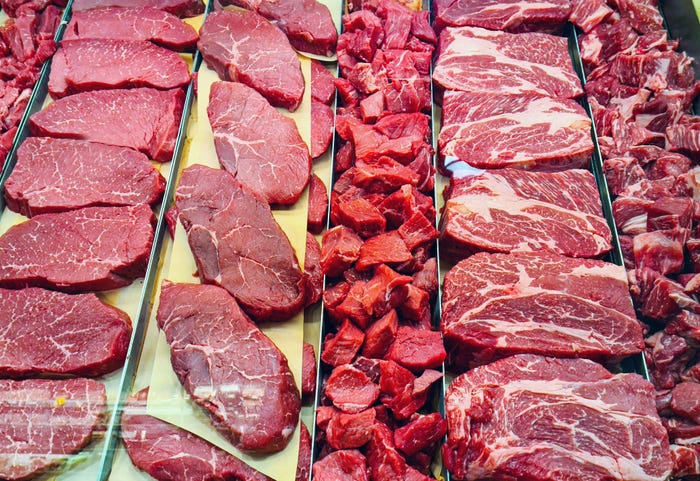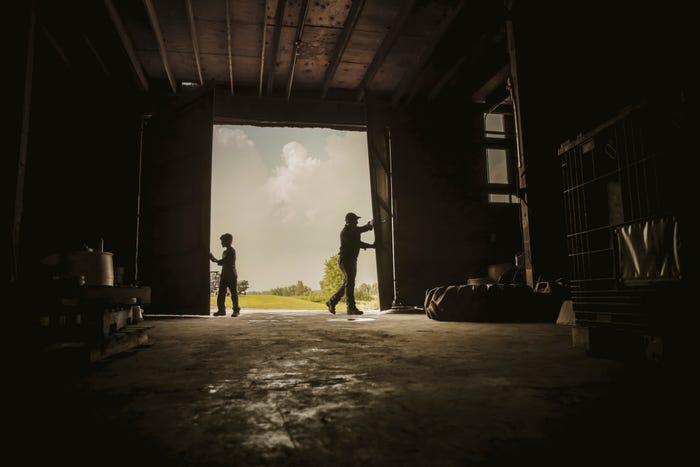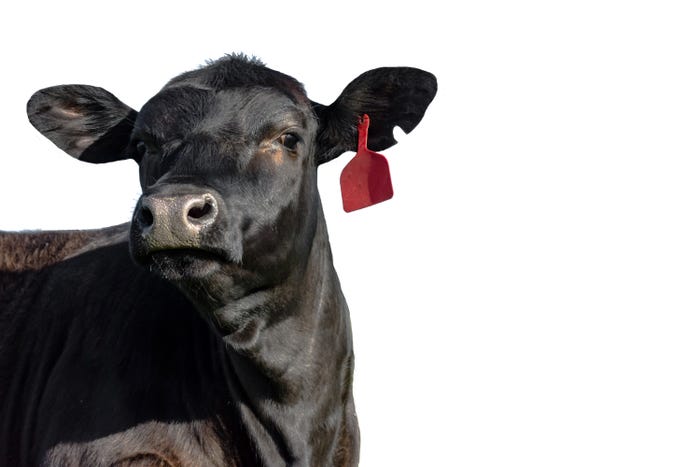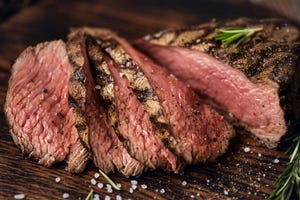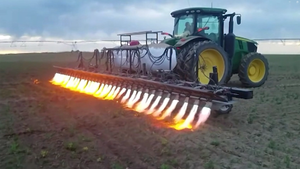thumbnail
Cattle Market Outlook
Dan Halstrom of USMEF joins Mike Pearson to discuss meat exportsDan Halstrom of USMEF joins Mike Pearson to discuss meat exports
This Week in Agribusiness, Host Mike Pearson is joined by Dan Halstrom, President & CEO, USMEF to talk more about meat exports.
Subscribe to Our Newsletters
BEEF Magazine is the source for beef production, management and market news.
